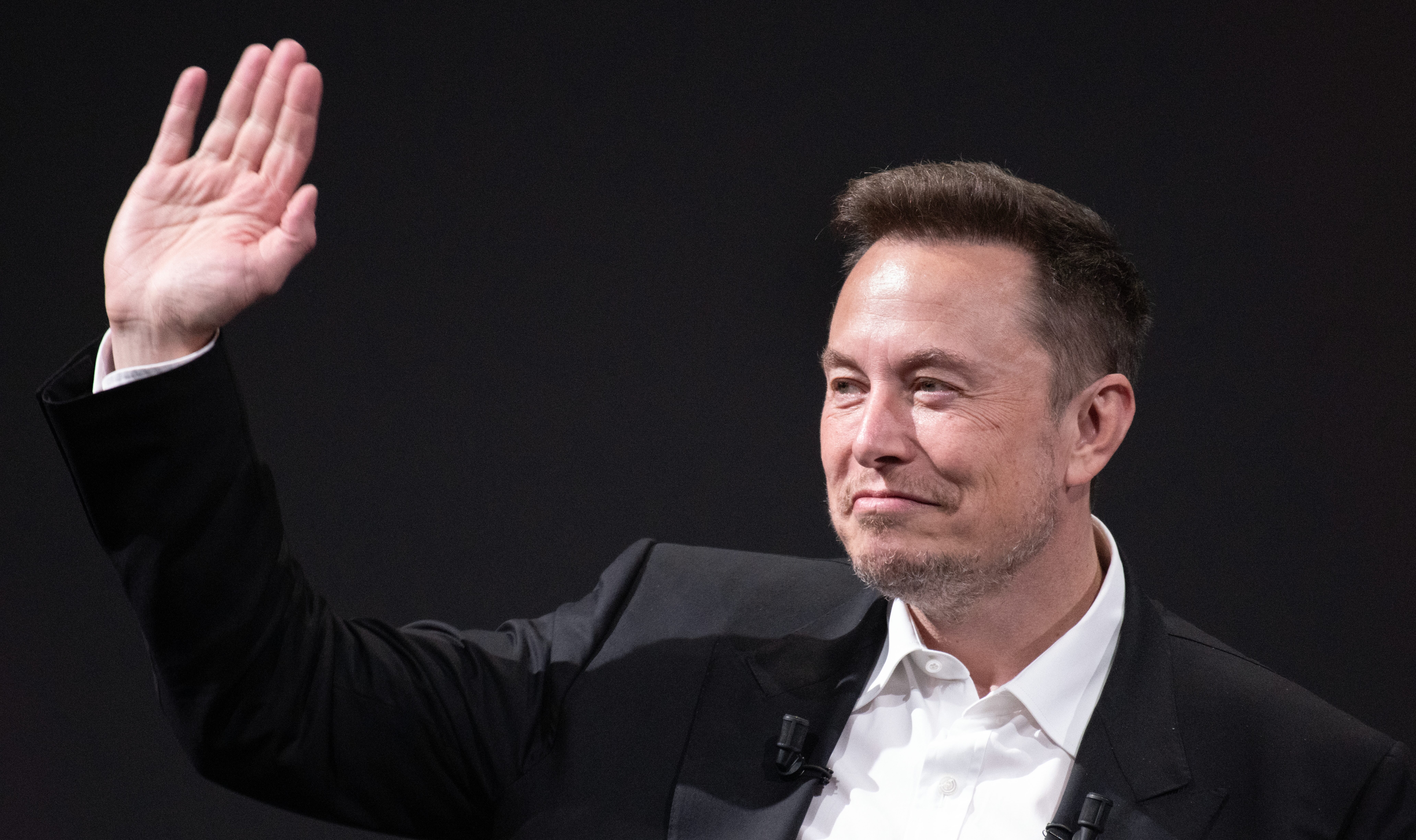


Loading the Elevenlabs Text to Speech AudioNative Player...
Disclaimer: Then–Vice President Al Gore awarded my State Department team in Seoul in the mid-’90s a Hammer Award for helping “reinvent government.” Gore was in charge of the Clinton-era plan to create a government that costs less and works better. The plan mostly depended on us run-of-the-mill employees to come up with cost-saving hacks and strategies within our own offices.
The award, a mounted gold-painted hammer, was supposed to remind us of the expensive, wasteful procurement by the military, in this case an ashtray that would break into no more than three pieces when hit by a hammer. It’s true! So while as a Gore team award-winner I might seem a bit biased toward what Donald Trump and Elon Musk are doing, the truth is actually the opposite. And that’s because one strategy failed while the other still has a decent chance of succeeding.
Trump is far from the first president to want to reform the federal government. Ronald Reagan in 1982 launched a group led by 150 private-sector CEOs to review federal agencies and make recommendations to reduce waste. “Be bold. We want your team to work like tireless bloodhounds. Don’t leave any stone unturned in your search to root out inefficiency,” the president told commission members. Officially called the President’s Private Sector Survey on Cost Control in the Federal Government, it was better known as the Grace Commission after its chair, Peter Grace. Grace was well-known at the time for a speech where he said food stamps were basically a subsidy for Puerto Ricans.
In due time, the Grace Commission issued a report suggesting over 2,500 recommendations to increase government efficiency. Most of them required Congressional action, so in the end not much was done.
As mentioned, Gore’s National Performance Review had similar aims as the Grace Commission, but went about achieving them in a different way. Rather than bringing on private sector outsiders like Reagan, the Clinton administration relied on federal employees. “It is career bureaucrats who know, better than anyone else, what works and what doesn’t,” said a Gore aide. “A successful reform effort cannot take place without their wisdom and without their participation.”
Part of that wisdom came from my team out in Seoul. We were then the busiest visa-issuing embassy in the world, and were struggling for air amid Korean visa applications for travelers to the United States. Our wisdom was to couple a hiring blitz with a range of kinda-makes-sense administrative changes to our workflow. Because we were processing close to a million visas a year, even small adjustments could have a big impact (a small thing times one million is a big number). It made it all seem dramatic, and we wrote it up nicely, hence the award from Gore. We hung it on the wall near the restrooms where everyone could see it daily.
Gore’s program got a little help, and not just from my team. Between January 1993 and September 2000, the federal workforce shrunk by 426,200, making it the smallest one since the administration of Dwight Eisenhower. The reduction was brought about through a large-scale buyout program and about 25,000 layoffs. Still, overall only $136 billion was saved and the workforce grew back again under subsequent administrations.
A 2013 Government Executive article criticized how the shrinkage was achieved: “The reduction didn’t happen in a way that matched workforce needs because they used a strategy for downsizing to hit a target. The effort got in the way of the ‘making government work better’ piece. Many with special skills left, and people who stayed might have been those we’d have wanted to leave.”
Here’s where, with lessons learned, Trump may have a chance to succeed where Reagan and Clinton did not.
Musk needs guidelines in his efforts beyond “move fast and break things” and creating some commission a la Reagan which will spend a year creating a report of little value. With that said, so far so good. Unlike Gore, who also just used crude headcount goals, Musk will need to engage departmental leadership for those agencies he hopes to redeem and make informed choices over which employees to RIF and/or which sub-departments to close. Of course, none of that matters if your goal is to delete an entire agency, as with USAID or Education. Then the wood chipper has its uses, too.
